
漢德百科全書 | 汉德百科全书
 Party and government
Party and government
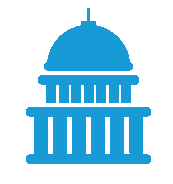

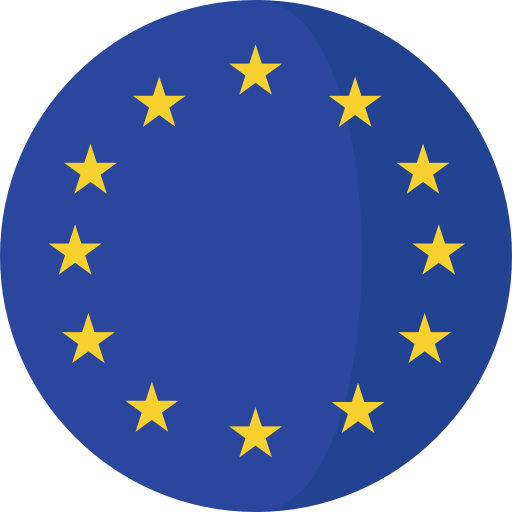 European Union
European Union
 Acting heads of government in the European Union
Acting heads of government in the European Union


 Party and government
Party and government
 *President or Chairman
*President or Chairman

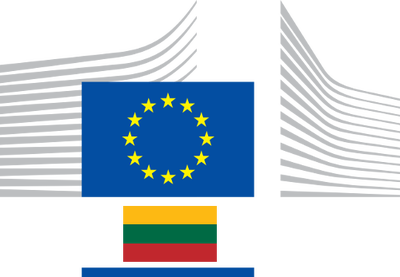

 *Track and field athletics
*Track and field athletics
 4x100 m Men
4x100 m Men
 Commonwealth of Nations
Commonwealth of Nations

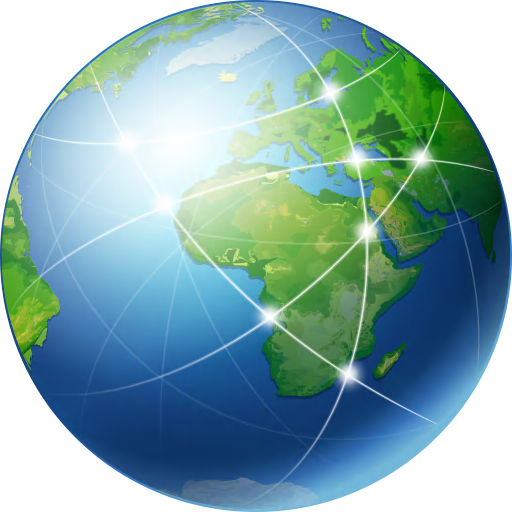 Geography
Geography

 Geography
Geography
 ***IMF Developed countries
***IMF Developed countries
 IMF Developed countries
IMF Developed countries
 IMF Developed countries
IMF Developed countries
 TOP3
TOP3
 Canada
Canada
 Leichtathletik-Weltmeisterschaften
Leichtathletik-Weltmeisterschaften
 1997 Athens
1997 Athens
 Leichtathletik-Weltmeisterschaften
Leichtathletik-Weltmeisterschaften
 1995 Gothenburg
1995 Gothenburg

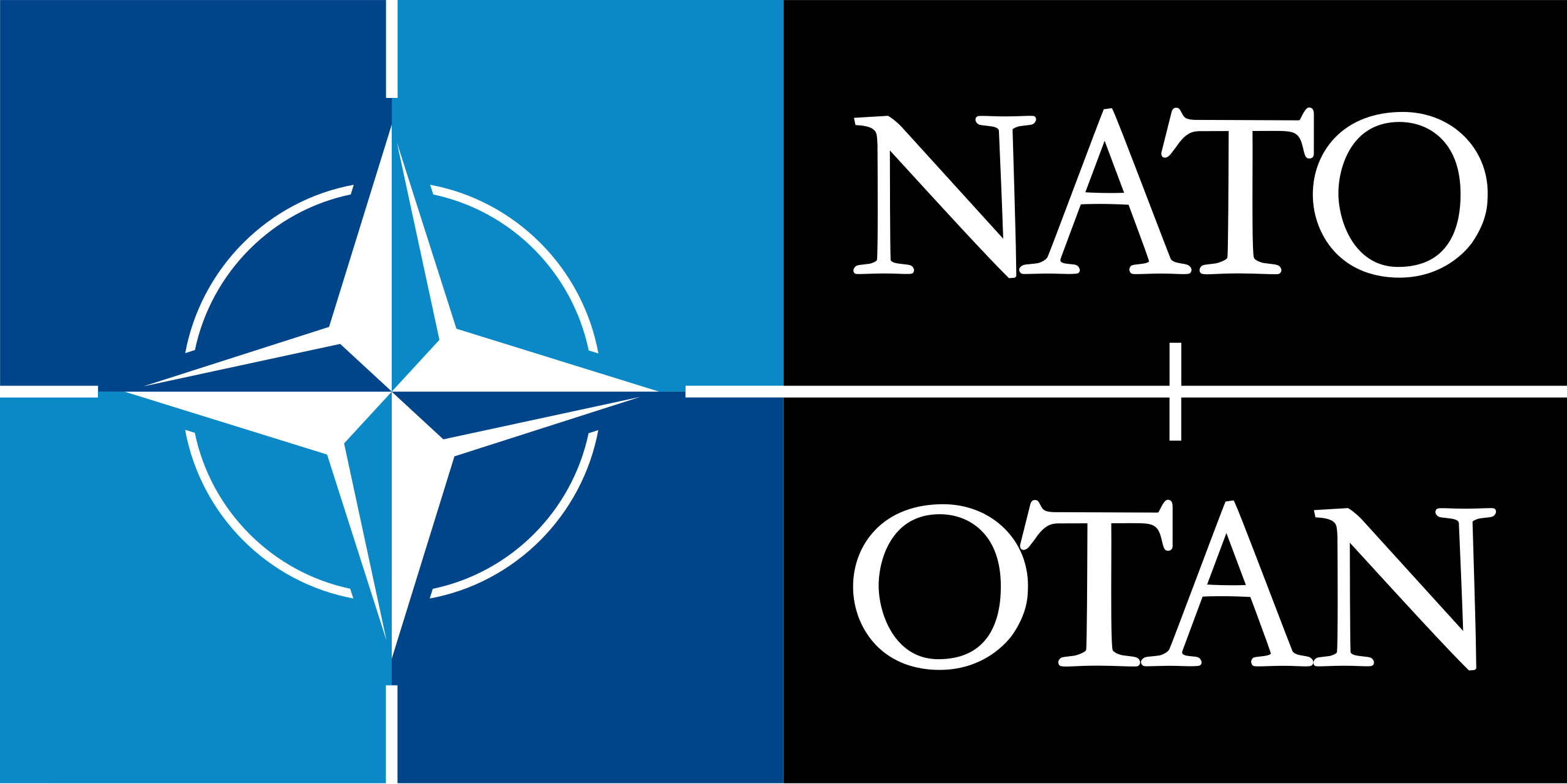 Mitglieder der NATO
Mitglieder der NATO

 Party and government
Party and government
 Group of the twenty most important industrial and emerging countries
Group of the twenty most important industrial and emerging countries

 Party and government
Party and government
 Group of Seven,G7
Group of Seven,G7


Kanada (englisch und französisch Canada) ist ein Staat in Nordamerika, der zwischen dem Atlantik im Osten und dem Pazifik im Westen liegt und nordwärts bis zum Arktischen Ozean reicht. Bundeshauptstadt ist Ottawa, die bevölkerungsreichste Stadt ist Toronto. Die einzige Landgrenze ist jene zu den USA im Süden und im Nordwesten. Kanada ist nach Russland der zweitgrößte Staat der Erde, hat aber mit knapp 38 Millionen Einwohnern nur eine Bevölkerungsdichte von 3,6 Personen pro km².
Die Besiedlung durch die First Nations begann spätestens vor 12.000 Jahren, die Inuit folgten vor rund 5000 Jahren. Ab dem späten 15. Jahrhundert landeten Europäer an der Ostküste und begannen um 1600 mit der Kolonisierung. Dabei setzten sich zunächst Franzosen und Engländer fest. In dieser Zeit breitete sich die Bezeichnung „Canada“ aus, das ursprünglich ein Name für ein Irokesendorf war. Frankreich trat 1763 seine Kolonie Neufrankreich an Großbritannien ab. Im Jahre 1867 gründeten drei britische Kolonien die Kanadische Konföderation. Mit dem Statut von Westminster erhielt das Land 1931 gesetzgeberische Unabhängigkeit, weitere verfassungsrechtliche Bindungen zum Vereinigten Königreich wurden 1982 aufgehoben. Nominelles Staatsoberhaupt ist Königin Elisabeth II., die durch den Generalgouverneur von Kanada vertreten wird.
Kanada ist ein auf dem Westminster-System basierender parlamentarisch-demokratischer Bundesstaat und eine parlamentarische Monarchie. Amtssprachen sind Englisch und Französisch. Die Unabhängigkeitsbestrebungen Québecs, die Stellung der frankophonen Kanadier und die Rechte der indigenen Völker (neben den First Nations und Inuit die Métis) sind wichtige Konfliktlinien in Staat und Gesellschaft. Die Themen Klimawandel und Umweltschutz, Einwanderungspolitik und Rohstoffabhängigkeit sowie das Verhältnis zum südlichen Nachbarn USA, von dem kulturell und historisch bedingt ein ambivalentes Bild besteht, kennzeichnen die öffentlichen Debatten.
加拿大(英语、法语:Canada,IPA读音:/ˈkænədə/(英)/kanada/(法))为北美洲国家,西抵太平洋,东至大西洋,北滨北冰洋,东北方与丹麦领地格陵兰相望,东部与圣皮埃尔和密克隆相望,南方及西北方与美国接壤。加拿大的领土面积达998万4670平方千米,为全球面积第二大国家。加拿大素有“枫叶之国”的美誉,渥太华为该国首都。加拿大被《福布斯》列于2020年退休宜居国的名单中[8]。
加拿大在1400年前即有原住民在此生活。15世纪末,英国和法国殖民者开始探索北美洲的东岸,并在此建立殖民地。1763年,当七年战争结束后,法国被迫将其几乎所有的北美殖民地割让予英国。在随后的几十年中,英国殖民者向西探索至太平洋地区,并建立了数个新的殖民地。1867年7月1日,1867年宪法法案通过,加拿大省分裂为安大略和魁北克两省,与新不伦瑞克、新斯科舍三个英属北美殖民地组成加拿大联邦。在随后100多年里,其它几块英属北美殖民地陆续加入联邦,组成现代加拿大。1931年12月11日,英国通过威斯敏斯特法令,令加拿大成为独立国家,但国家元首依旧是当时的英国国王乔治五世,且英国国会依旧掌握有加拿大的修宪权。1933年和1949年,加拿大民事案件和刑事案件的终审权分别从英国枢密院司法委员会移交至加拿大最高法院。1982年4月17日,英国女王兼加拿大女王伊丽莎白二世签署命令,将加拿大宪法修宪权移交加拿大国会,至此加拿大与英国的特殊关系终结。
加拿大是实行联邦制、君主立宪制及议会制的国家,由十个省和三个地区组成,女王伊丽莎白二世为国家元首及加拿大君主,而加拿大总督为其及政府的代表。加拿大是双语国家,英语和法语为官方语言,原住民的语言被认定为第一语言。由于地处高纬度及地广人稀,该国一直奉行积极吸纳外来移民的政策,以至人口亦以移民为主,有近五分之一的国民于国外出生,是世界上拥有种族及文化最为多元的国家之一。近年来移民大部分来自亚洲。[9]
得益于丰富的天然资源和高度发达的科技,加拿大是富裕、经济发达的国家。以国际汇率计算,加拿大的人均国内生产总值在全世界排名第十六,人类发展指数排名第十。它在教育、政府的透明度、自由度、生活品质及经济自由的国际排名都名列前茅。积极参与国际事务,是联合国、北大西洋公约组织、北美空防司令部、七大工业国组织、二十国集团、亚太经济合作组织、经济合作与发展组织、英联邦和法语圈的成员国及太平洋岛国论坛的对话伙伴。
カナダ(英・仏: Canada、英語発音: /ˈkænədə/ ![]() 聞く キャナダ[2]、フランス語発音: /kanada/ カナダ[3])は、北アメリカ大陸北部に位置し、10の州と3の準州からなる連邦立憲君主制国家。首都はオタワ(オンタリオ州)。
聞く キャナダ[2]、フランス語発音: /kanada/ カナダ[3])は、北アメリカ大陸北部に位置し、10の州と3の準州からなる連邦立憲君主制国家。首都はオタワ(オンタリオ州)。
イギリス連邦加盟国であり、英連邦王国のひとつ。アメリカ合衆国と国境を接する。国土面積は世界最大のロシアに次いで広い。
歴史的に先住民族が居住する中、外からやってきた英仏両国の植民地連合体として始まった。1763年からイギリス帝国に包括された。1867年の連邦化をきっかけに独立が進み、1931年ウエストミンスター憲章で承認され、1982年憲法制定をもって政体が安定した[4]。一連の過程においてアメリカと政治・経済両面での関係が深まった。連邦制をとり、連邦政府の運営は首相を中心に行われている。
Canada is a country in the northern part of North America. Its ten provinces and three territories extend from the Atlantic to the Pacific and northward into the Arctic Ocean, covering 9.98 million square kilometres (3.85 million square miles), making it the world's second-largest country by total area. Its southern border with the United States, stretching 8,891 kilometres (5,525 mi), is the world's longest bi-national land border. Canada's capital is Ottawa, and its three largest metropolitan areas are Toronto, Montreal, and Vancouver.
Various indigenous peoples inhabited what is now Canada for thousands of years before European colonization. Beginning in the 16th century, British and French expeditions explored and later settled along the Atlantic coast. As a consequence of various armed conflicts, France ceded nearly all of its colonies in North America in 1763. In 1867, with the union of three British North American colonies through Confederation, Canada was formed as a federal dominion of four provinces. This began an accretion of provinces and territories and a process of increasing autonomy from the United Kingdom. This widening autonomy was highlighted by the Statute of Westminster of 1931 and culminated in the Canada Act of 1982, which severed the vestiges of legal dependence on the British parliament.
Canada is a parliamentary democracy and a constitutional monarchy in the Westminster tradition, with a monarch and a prime minister who serves as the chair of the Cabinet and head of government. The country is a realm within the Commonwealth of Nations, a member of the Francophonie and officially bilingual at the federal level. It ranks among the highest in international measurements of government transparency, civil liberties, quality of life, economic freedom, and education. It is one of the world's most ethnically diverse and multicultural nations, the product of large-scale immigration from many other countries. Canada's long and complex relationship with the United States has had a significant impact on its economy and culture.
A developed country, Canada has the seventeenth-highest nominal per-capita income globally as well as the thirteenth-highest ranking in the Human Development Index. Its advanced economy is the tenth-largest in the world, relying chiefly upon its abundant natural resources and well-developed international trade networks. Canada is part of several major international and intergovernmental institutions or groupings including the United Nations, NATO, the G7, the Group of Ten, the G20, the North American Free Trade Agreement and the Asia-Pacific Economic Cooperation forum.
Le Canada (prononcé [kanadɔ]4 Écouter ou [kanada]5 Écouter ; en anglais [ˈkænədə]6 Écouter) est un pays situé dans la partie septentrionale de l'Amérique du Nord. Monarchie constitutionnelle à régime parlementaire constituée en fédération, composée de dix provinces et trois territoires, le pays est encadré par l'océan Atlantique à l'est-nord-est et à l'est, par l'océan Arctique au nord-nord-ouest et au nord-est, enfin par l'océan Pacifique à l'ouest. Le Canada comprend deux frontières terrestres avec les États-Unis, l'une au sud et l'autre à l'ouest-nord-ouest avec l'Alaska ainsi qu'une frontière maritime avec la France, par le biais de l'archipel de Saint-Pierre-et-Miquelon, et le Danemark, par le biais du Groenland. Le territoire terrestre canadien s'étend sur 10 millions de kilomètres carrés, ce qui en fait le deuxième pays du monde pour la superficie après la Russie7. En 2019, il compte plus de 37 millions d'habitants1 et est ainsi le 37e pays du monde en ce qui concerne la population. Le territoire contient plus de 31 700 lacs8, ce qui fait du Canada le pays possédant parmi les plus grandes réserves d'eau douce du globe9,10. Les langues officielles au niveau fédéral sont l'anglais et le français. La capitale fédérale est Ottawa et la monnaie le dollar canadien11.
Les premiers occupants du territoire canadien ont été les Amérindiens, dont les migrations remontent à environ 15 000 ans12 lors de la dernière glaciation qui a abaissé le niveau des océans et créé un pont terrestre reliant l'Eurasie à l'Amérique, permettant à ceux-ci de s'installer13.
Si des Vikings s'installent dès le XIe jusqu'au XIVe siècle, les premières explorations des Européens débutent à la fin du XVe siècle, culminant avec les expéditions du Français Jacques Cartier dans le golfe du Saint-Laurent. Après quelques expériences infructueuses dans la première moitié du XVIe siècle, le 5 août 1583, la colonie anglaise de Terre-Neuve est fondée, suivie des premiers comptoirs pérennes français sur le continent entre 1600 et 1608, amorçant le processus de la colonisation européenne. Par la suite, d'autres colonies britanniques et françaises sont établies, notamment dans la région de la côte Atlantique (Nouvelle-Écosse, Acadie), dans la vallée du fleuve Saint-Laurent et la péninsule du Labrador (Nouvelle-France) ainsi que dans la zone arctique, tandis que d'autres puissances européennes telles l'Espagne et la Russie explorent le reste du territoire canadien. À la suite de divers conflits dont surtout la guerre de Succession d'Espagne (1701-1714), la guerre de la Conquête (1754-1760) et la guerre d'indépendance des États-Unis (1775-1783), la Grande-Bretagne gagne et perd des territoires au XVIIIe siècle, aboutissant à ce qui correspond au territoire canadien d'aujourd'hui. Trois de ces colonies se fédèrent le 1er juillet 1867 et forment le dominion du Canada, nation indépendante sous domination partielle de la Couronne britannique. Sa souveraineté totale est ensuite garantie par la déclaration Balfour de 1926, le Statut de Westminster de 1931 et le rapatriement de sa Constitution en 1982.
L'histoire contemporaine du Canada a été marquée par une vigoureuse expansion territoriale, la ruée vers l'or et la participation à la Première Guerre mondiale. Le pays fut durement touché par la Grande Dépression en 1929 mais son économie rebondit grâce à sa participation à la Seconde Guerre mondiale, où il émergea comme puissance moyenne et fut l'un des vainqueurs en tant que membre des Alliés14.
En 2015, le Canada possède le dixième revenu par habitant le plus élevé15, et est classé neuvième par le PNUD en termes d'indice de développement humain16. Il s'agit de la dixième puissance économique mondiale par son PIB en 2017, les principaux secteurs de son économie étant les services, les télécommunications, l'agriculture, l'énergie, l'aéronautique et la construction automobile. Il entretient de forts liens avec les États-Unis (pays anglo-saxon le plus proche et partageant une partie de son histoire), qui sont son principal client et fournisseur avec lequel perdure une des relations les plus intimes et les plus approfondies au monde entre deux nations. Le pays est un des meneurs en matière de recherche scientifique17, et se range parmi les plus éduqués du monde en étant classé premier par le nombre d'adultes possédant une éducation post-secondaire, avec 51 % d'entre eux ayant au moins atteint un diplôme post-secondaire chez sa population âgée de 25 à 64 ans18. Le Canada est membre du G7, du G20, de l'Accord de libre-échange nord-américain (ALENA), de l'Organisation du traité de l'Atlantique nord (OTAN), de la Coopération économique pour l'Asie-Pacifique (APEC), de l'Organisation des États américains (OEA), de l'Organisation de coopération et de développement économiques (OCDE), de l'Organisation des Nations unies (ONU), du Commonwealth et de l'Organisation internationale de la francophonie.
Il Canada (AFI: /ˈkanada/)[5] o Canadà (AFI: /kanaˈda/)[6] è uno Stato indipendente dell'America Settentrionale[7] bagnato dall'Atlantico a est, dal Mar Glaciale Artico a nord e dall'Oceano Pacifico a ovest. Con una superficie di 9897170 km² è il secondo paese del mondo per superficie totale dopo la Russia. Confina solo con il territorio degli Stati Uniti d'America: quelli continentali a sud, in buona parte lungo la linea del 49º parallelo Nord, e con lo Stato dell'Alaska a nord-ovest quasi interamente lungo il 141º meridiano Ovest:[7] si tratta del confine terrestre tra due Stati più lungo del mondo (8893 km).
Abitato, prima dell'arrivo europeo sul continente, da popolazioni aborigene, il territorio dell'attuale Canada fu colonizzato da Francia e Regno Unito a inizio XVII secolo[7] a partire dalla costa atlantica. I francesi persero in seguito i loro territori progressivamente a favore del Regno Unito: dapprima (1713) con il trattato di Utrecht alla fine della guerra di successione spagnola, con cui Terranova e la baia di Hudson furono cedute da Luigi XIV; a seguire nel 1763 dopo la sconfitta nella guerra franco-indiana, teatro nordamericano della guerra dei sette anni e, infine, con la vendita di Napoleone (1803) della Louisiana francese agli Stati Uniti d'America e delle sue ultime rimanenze oltre il confine canadese al Regno Unito. Il 1º luglio 1867 nacque la federazione canadese con l'unione delle tre colonie del Nord America Britannico di Nuova Scozia, Nuovo Brunswick e Canada,[8] che in seguito divennero quattro per la scissione della provincia del Canada in Ontario e Québec. Nel corso del tempo si aggiunsero sempre più province che avrebbero poi formato l'odierno stato nordamericano. Costituitosi in Stato unitario il 1º luglio 1867 come Confederazione canadese per iniziativa della Corona britannica, divenne formalmente indipendente l'11 dicembre 1931, data di promulgazione dello statuto di Westminster con cui il Regno Unito affrancò molti dei suoi ex dominion. Infine, con la nuova legge sul Canada del 1982 (il cosiddetto patriation o "rimpatrio") il Regno Unito abdicò anche al potere formale di modifica della costituzione canadese garantitogli dallo Statuto del 1931.
Il Canada è uno Stato membro del Commonwealth britannico del quale è uno dei sedici reami: di conseguenza, benché indipendente,[7] ha come capo di Stato il sovrano del Regno Unito, al 2020 la regina Elisabetta II che, nelle questioni di Stato riguardanti il Canada, agisce con il titolo di Elisabetta II Regina del Canada. In rappresentanza del sovrano agisce localmente il governatore generale del Canada, il quale è capo di Stato de facto, avendo le prerogative di accreditare il corpo diplomatico, assegnare l'incarico di primo ministro e nominare i giudici della Corte suprema, convocare le elezioni generali federali e in talune occasioni rappresentare il Paese a livello internazionale. Dal 1959 esiste la prassi non ufficiale di nominare alternativamente un governatore generale anglofono e uno francofono per rispetto dei due maggiori gruppi linguistici del Paese.
Il sistema politico è
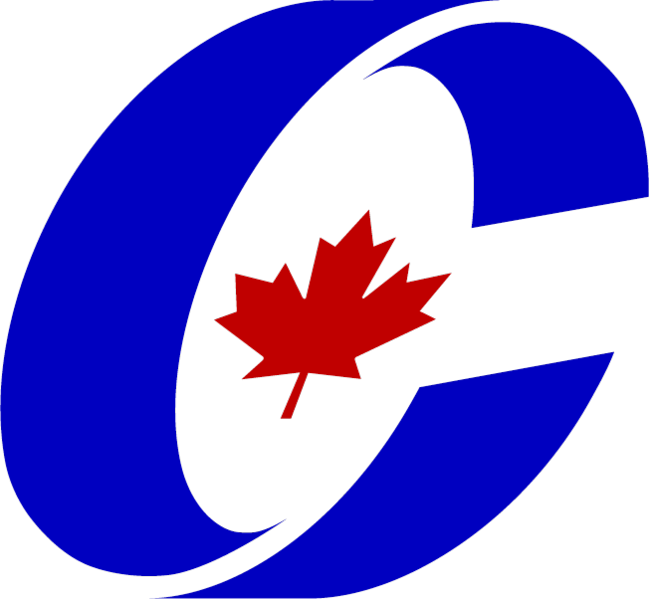

当前公民宣誓文本:
"我宣誓(或申明)我将忠实地忠于并真正效忠于伊丽莎白二世女王陛下,加拿大女王,她的继承人和继承人,我将忠实地遵守加拿大的法律,并履行我作为加拿大公民的职责。
拟议的新案文:
"我宣誓(或申明)我将忠实地效忠于加拿大女王伊丽莎白二世女王陛下、加拿大女王的继承人和继承人,并将忠实地遵守加拿大的法律,包括承认和确认原住民、因纽特人和梅蒂斯人的土着权利和条约权利的《宪法》,并履行我作为加拿大公民的职责。
公民宣誓在公民身份仪式上背诵,仪式是成为加拿大公民的最后一个法律步骤。在仪式期间,参与者通过宣誓公民身份来接受公民身份的权利和责任,之后他们成为加拿大公民并获得公民身份证书。
在过去10年中,约有170万人成为加拿大公民。
原文:
Backgrounder
Canadian citizenship legislation requires citizenship candidates 14 years or older to take the Oath of Citizenship on the day they become Canadian.
The Oath of Citizenship is a solemn declaration that citizenship applicants who have been granted citizenship take, promising to obey Canadian laws while fulfilling their duties as Canadian citizens. Taking the Oath means embracing Canadian values and traditions while pledging allegiance to Canada as a democratic constitutional monarchy.
Taking the Oath of Citizenship is an integral part of the citizenship process, and the act of taking the Oath reflects the Canadian values of social cohesion, openness and transparency in an open, free, democratic and diverse Canada.
This proposed change in Bill C-99 to change Canada’s Oath of Citizenship to include clear reference to the rights of Indigenous peoples is aimed at advancing the Truth and Reconciliation Commission’s Calls to Action within the broader reconciliation framework. Reconciliation with Indigenous peoples is a Government priority. The Government of Canada’s goal is to achieve a fundamental and profound shift in the relationship between the Crown and Indigenous peoples, in order to move forward together as true partners in Confederation. Reconciliation is not only an Indigenous issue, it’s a Canadian imperative and will take partners at all levels to advance this journey.
Text of the Current Oath of Citizenship:
“I swear (or affirm) that I will be faithful and bear true allegiance to Her Majesty Queen Elizabeth the Second, Queen of Canada, Her Heirs and Successors, and that I will faithfully observe the laws of Canada, and fulfil my duties as a Canadian citizen.”
Proposed new text:
“I swear (or affirm) that I will be faithful and bear true allegiance to Her Majesty Queen Elizabeth the Second, Queen of Canada, Her Heirs and Successors, and that I will faithfully observe the laws of Canada, including the Constitution, which recognizes and affirms the Aboriginal and treaty rights of First Nations, Inuit and Métis peoples, and fulfil my duties as a Canadian citizen.”
The Oath of Citizenship is recited at a citizenship ceremony and the ceremony is the final legal step to becoming a Canadian citizen. During the ceremony, participants accept the rights and responsibilities of citizenship by taking the Oath of Citizenship after which they become a Canadian citizen and receive a certificate of citizenship.
In the last 10 years, approximately 1.7 million people have become Canadian citizens.



Die Canada Revenue Agency (CRA, englisch) bzw. Agence du revenu du Canada (ARC, französisch) ist eine Bundesbehörde, welche für die Regierung Kanadas und für die meisten Provinzen und Territorien des Landes die Steuern verwaltet. Sie überwacht die Rechtsvorschriften des internationalen Handels, verschiedene soziale und wirtschaftliche Programme, die Registrierung von karitativen Einrichtungen sowie Steuergutschriftenprogramme.
加拿大税务局(英語:Canada Revenue Agency (CRA);法語:Agence du revenu du Canada (ARC)),是加拿大管理全国大多数省、地区税收、国际贸易税收以及若干社会福利、经济刺激政策的联邦政府机构。


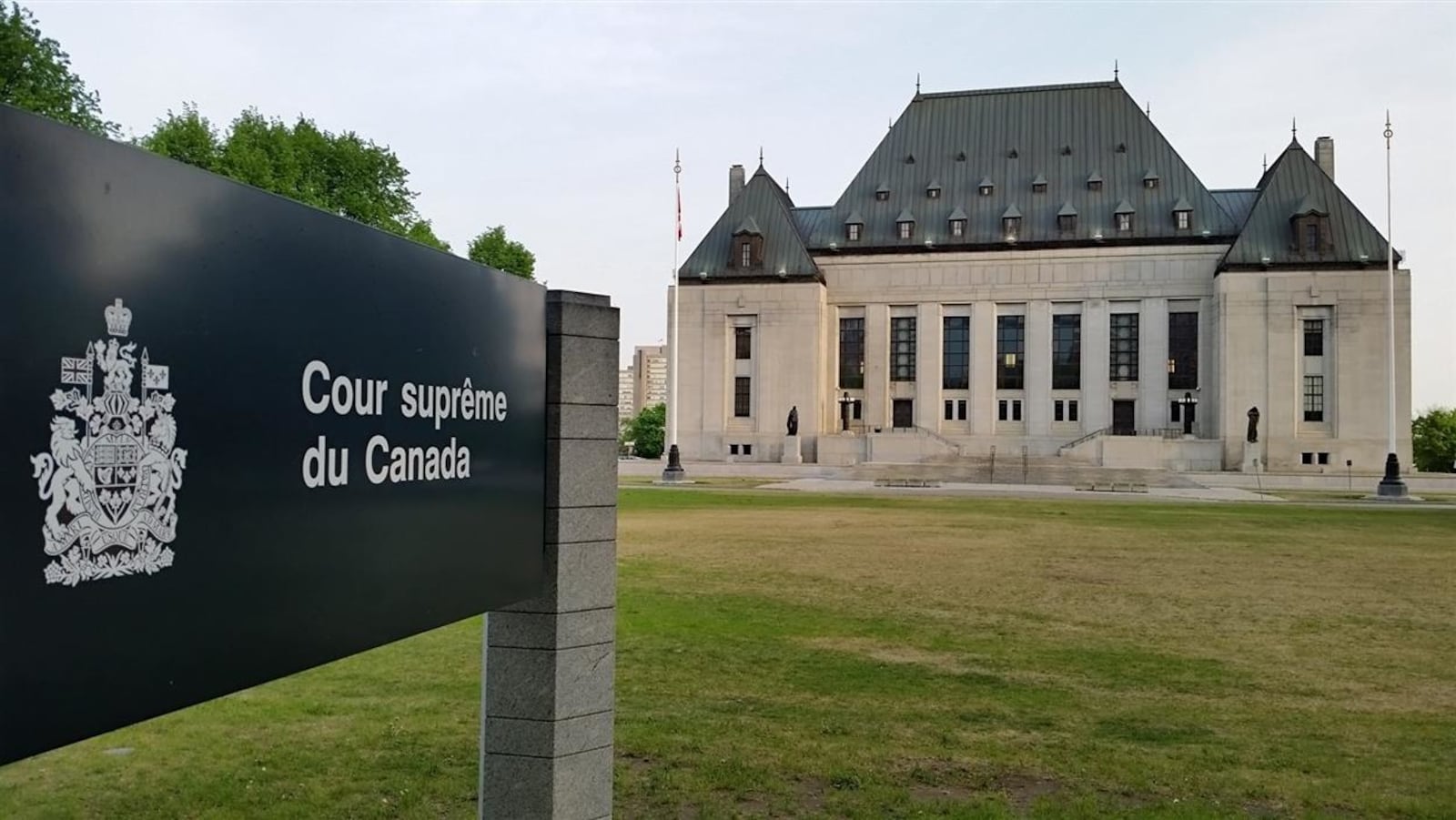

 Hand in Hand
Hand in Hand
 Financial
Financial
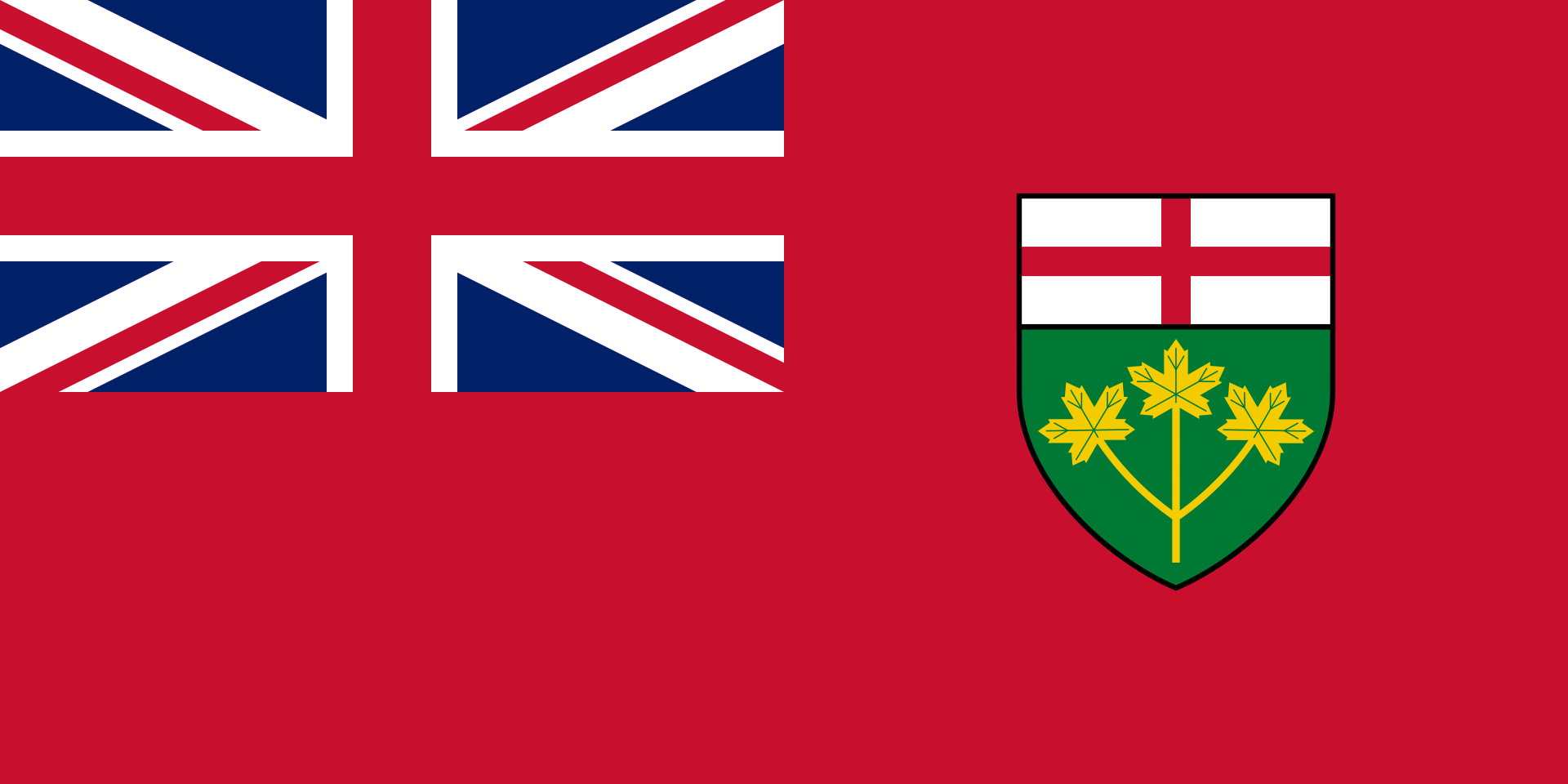 Ontario-ON
Ontario-ON
 Economy and trade
Economy and trade
 Law
Law
 Architecture
Architecture